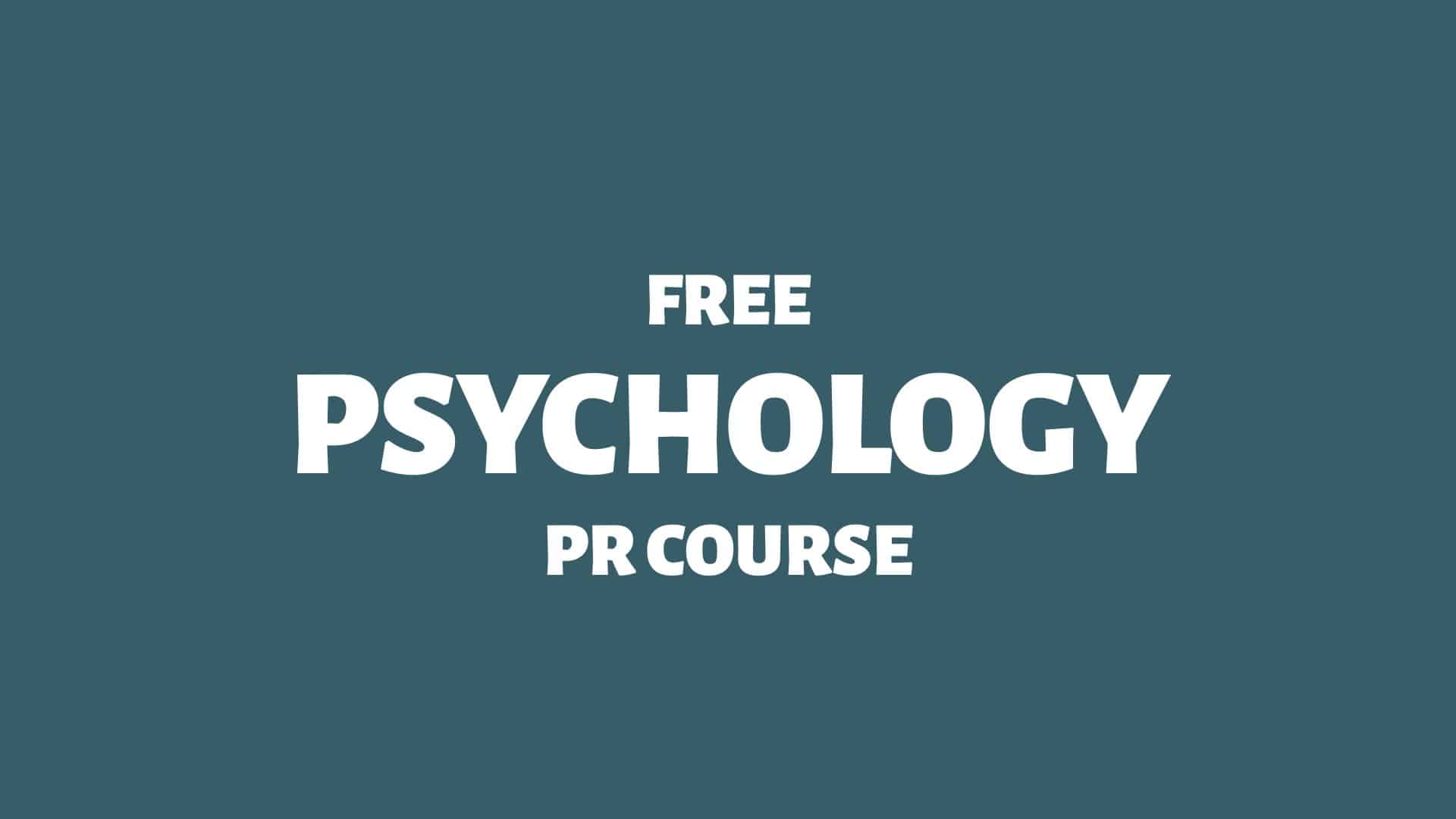The amplification hypothesis tells us about attitude certainty.
You want to convince your audience that you are right and the other side is wrong.
You think that by using strong arguments, you will be able to sway people’s opinions. But it doesn’t work that way.
How can we counter extreme positions?
Here we go:
The Amplification Hypothesis
It’s common to find that counterarguments strengthen existing beliefs instead of weakening them.
The harder you attack someone verbally, the more you convince them of their belief, not yours.
The phenomenon is known as the amplification hypothesis, where displaying certainty about an attitude when talking with another person increases and hardens that attitude.
“Across experiments, it is demonstrated that increasing attitude certainty strengthens attitudes (e.g., increases their resistance to persuasion) when attitudes are univalent but weakens attitudes (e.g., decreases their resistance to persuasion) when attitudes are ambivalent. These results are consistent with the amplification hypothesis.“
Source: Journal of Personality and Social Psychology 1Clarkson, J. J., Tormala, Z. L., & Rucker, D. D. (2008). A new look at the consequences of attitude certainty: The amplification hypothesis. Journal of Personality and Social Psychology, … Continue reading
How does the amplification hypothesis work?
In a threatening situation or emergency, we resort to the primal (fastest) part of the brain and survival instincts (fight, flight and freeze). 2Surviving the Storm: Understanding the Nature of Attacks held at Animal Care Expo, 2011 in Orlando, FL.
Establishing common ground and exhibiting empathy demonstrates a genuine understanding of their perspective, fostering trust and openness to your ideas. Conversely, a strategic mismatch of attitudes can serve as a powerful countermeasure if your objective is to deflect persuasive attempts.
Persuade
To persuade, align your attitude with the target. Otherwise, you will only act to create resistance.
Provoke
To put off a persuader, mismatch their attitudes. When they are logical, be emotional, and vice versa.
Learn more: The Amplification Hypothesis: How To Counter Extreme Positions
Backfire Effect (or “Belief Perseverance” or “Conversion Theory” or “Amplification Hypothesis”)
The backfire effect (see also belief perseverance, conversion theory, and amplification hypothesis) occurs when individuals confronted with evidence that contradicts their beliefs or opinions become even more entrenched in those beliefs. Instead of adjusting their views based on new information, they react defensively and reject the contradictory evidence, often intensifying their original stance.
Backfire effect (example): “I presented solid data showing that the current marketing strategy isn’t working, but the team doubled down, insisting it’s the right approach and dismissing the data as flawed.”
In a business context, the backfire effect can be highly detrimental, preventing organisations from evolving and adapting to changing circumstances. By refusing to accept valid feedback or data that challenges their assumptions, teams may continue down ineffective paths, wasting resources or missing out on opportunities for improvement.
To counteract the backfire effect, business leaders should foster a culture of intellectual humility and openness, where feedback is welcomed and critically examined rather than rejected outright.
Encouraging a growth mindset, where learning and adaptation are prioritised over being “right,” helps create an environment where new ideas can be tested, and decisions are informed by evidence and reason. By promoting open dialogue and ensuring that evidence is evaluated objectively, organizations can avoid the pitfalls of the backfire effect and make more rational, data-driven decisions.
When confronted with a mirror of truth, many will look away to safeguard the integrity of their imagined reflections.
Learn more: The Conversion Theory
Learn more: The Amplification Hypothesis
The Power of Attitude Polarisation
The amplification hypothesis (sometimes called attitude polarisation) is a well-known psychological effect. 6Related theories are reinforcement theory, selective exposure theory, and subjective validation.
Attitude polarization occurs when individuals with strong attitudes on a particular issue are confronted with evidence or arguments that contradict their beliefs. Rather than modifying their attitudes, they become even more entrenched in their beliefs, leading to increased attitude certainty. 7D. K. Freedheim (Ed.) History of psychology. Vol. 1 of I. Weiner (Ed.) Comprehensive Handbook of Psychology. New York: Wiley.
The effect is believed to be due to several psychological processes, such as confirmation bias, which is the tendency to seek out and interpret information in a way that supports our pre-existing beliefs, and the backfire effect, which is the tendency for people to become more firmly attached to their beliefs when they are challenged. 8Confirmation bias. (2023, December 6). In Wikipedia. https://en.wikipedia.org/wiki/Confirmation_bias
On the other hand, displaying uncertainty about an attitude can lead to attitude change because it undermines the individual’s confidence in their beliefs and makes them more open to considering alternative perspectives.

THANKS FOR READING.
Need PR help? Hire me here.

What should you study next?
Spin Academy | Online PR Courses

Spin’s PR School: Free Psychology PR Course
Join this free Psychology PR Course to learn essential skills tailored for public relations professionals. Start now and amplify your impact on society today.
Psychology in Public Relations
Group Psychology
Learn more: All Free PR Courses
💡 Subscribe and get a free ebook on how to get better PR.

Annotations
| 1 | Clarkson, J. J., Tormala, Z. L., & Rucker, D. D. (2008). A new look at the consequences of attitude certainty: The amplification hypothesis. Journal of Personality and Social Psychology, 95(4), 810 – 825. https://doi.org/10.1037/a0013192 |
|---|---|
| 2 | Surviving the Storm: Understanding the Nature of Attacks held at Animal Care Expo, 2011 in Orlando, FL. |
| 3 | Silfwer, J. (2017, June 13). Conversion Theory — Disproportionate Minority Influence. Doctor Spin | The PR Blog. https://doctorspin.net/conversion-theory/ |
| 4 | Beck (1999): Homogenization, Dehumanization and Demonization. |
| 5 | Cognitive dissonance. (2023, November 20). In Wikipedia. https://en.wikipedia.org/wiki/Cognitive_dissonance |
| 6 | Related theories are reinforcement theory, selective exposure theory, and subjective validation. |
| 7 | D. K. Freedheim (Ed.) History of psychology. Vol. 1 of I. Weiner (Ed.) Comprehensive Handbook of Psychology. New York: Wiley. |
| 8 | Confirmation bias. (2023, December 6). In Wikipedia. https://en.wikipedia.org/wiki/Confirmation_bias |


